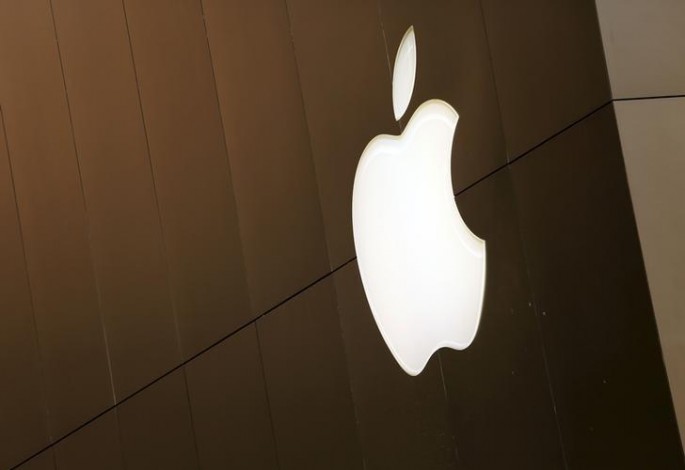Apple's woes with chips are not over yet. After reports came out earlier this week that iPhone 6 and iPhone 6S use different chips made by a Taiwanese or South Korean firm, a U.S. jury said on Tuesday that the Cupertino-based tech giant breached a patent of the University of Wisconsin-Madison.
The jury said that Apple used the technology of the university's licensing arm, the Wisconsin Alumni Research Foundation (WARF) without permission. Most of the chips are found in Apple's devices such as the iPhone.
The WARF 1998 patent, which improves efficiency of processors, was valid, according to the jury. Patent 5,781,752 for a "Table based data speculation circuit for parallel processing computer" was awarded to four researchers of the university in July 1998, according to Computerworld.
Following its decision, the trial would move to determining the damages that Apple owes WARF, although Reuters reports that it could reach $862 million, based on a recent decision by U.S. District Judge William Conley who presided over the lawsuit.
WARF sued Intel Corp. in 2008, but the two agreed to settle in 2009 the day before the case went on trial.
WARF filed a lawsuit against Apple in January 2014, claiming that the phone maker's A7, A8 and A8x processors that Apple used in the iPhone 5s, 6 and 6 Plus, and in several iPad versions, breach the patent.
Apple insisted the patent is invalid and attempted to convince the U.S. Patent and Trademark Office to review the validity of WARF's patent, but the office turned down Apple's request.
In September, WARF filed a second lawsuit at the U.S. District Court for the Western District of Wisconsin against Apple over its A9 and A9x chips.



























